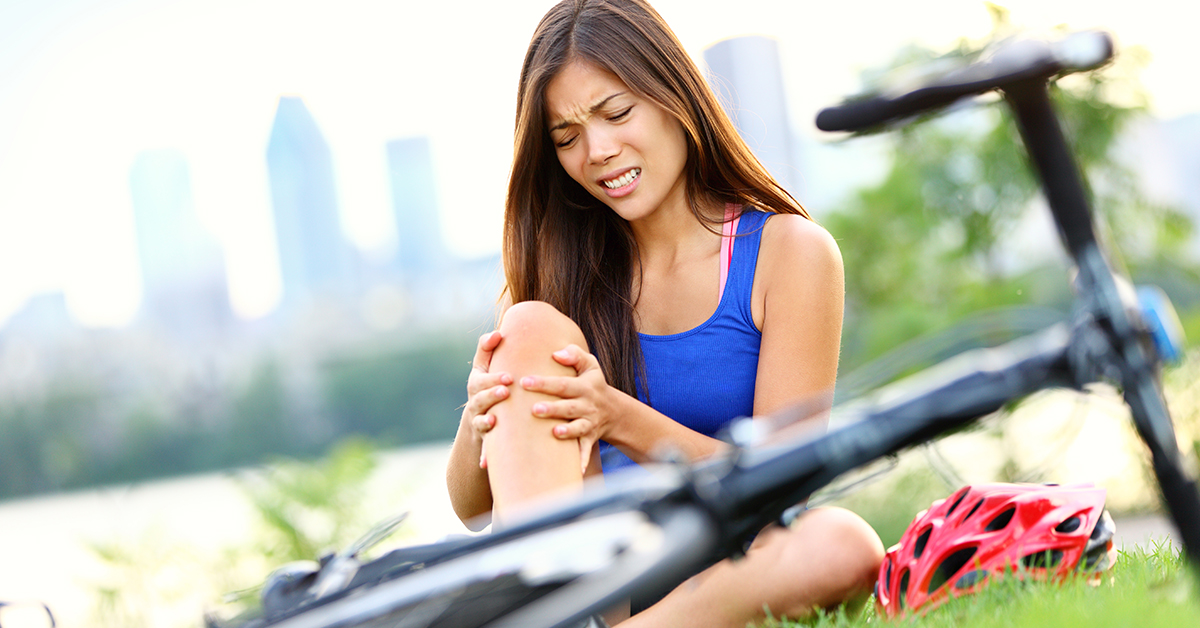
“Is my injury a sprain or a strain?” – that’s a great question. If you’ve injured yourself and are in pain, you deserve to know why. Differentiating the terms sprain and strain may seem confusing, but it really isn’t. This post contains everything you need to know.
Terminology and Anatomy
Ligaments are bands of fibrous tissue that connect bones to other bones. Tendons are flexible, fibrous collagen tissues that connect muscles to bones.
Ligaments hold the joints of the body in place, perfectly aligning the bones. Tendons attach muscles to the joint, enabling movement. When either is injured or damaged, the joint does not function properly.
- A sprain refers to the stretching or tearing of ligaments
- A strain refers to the stretching or tearing of a tendon
Both injuries are common, especially in athletes and active individuals.
Causes and Risk Factors
Sprains and strains are caused by sudden movements that place stress on a joint. Sprains and strains can easily happen while walking, running, lifting, or falling. Patients most at risk are those that:
- Participate in high impact sports or exercise programs
- Exercise too much
- Do not warm up before exercise
- Do not stretch
- Are overweight
- Are inactive
A sprain or strain may be classified as mild, moderate, or severe according to the amount of tissue damage, experienced pain, and associated swelling and tenderness. In most cases, sprains and strains are treated using non-surgical treatment options.
Treatment
Treatment depends on the location and severity of the injury. The ankle and wrist the most commonly injured joints, followed by the knee, lower back, elbow, shoulder, and neck. A treatment plan prescribed by an orthopedic specialist will generally include any, all, or any combination of the following:
- RICE – Rest, ice, compression, and elevation are used to decrease pain and swelling that typically present immediately after an injury.
- Nonsteroidal anti-inflammatory drugs (NSAIDS) – Over-the-counter and prescription medications used to help control pain, swelling, and inflammation.
- Immobilization – A brace, splint, or cast is used to immobilize the joint, giving it time to heal.
- Physical therapy – After pain and swelling subside, physical therapy can be used to help stretch and strengthen the ligaments, tendons, and muscles of the injured joint.
- Corticosteroid injections – Severe sprains and strains may be treated by injecting anti-inflammatory medications into the joint.
In some cases, severe sprains and strains may need to be treated surgically. This topic is something that’s best discussed with an orthopedic surgeon.
Prevention and Seeking Treatment
Luckily, most sprains and strains can be prevented using the following measures:
- Activity modification
- Bracing
- Stretching and strengthening exercises
In the event that a sprain or strain occurs, patients should follow the RICE protocol outlined above. If symptoms do not decrease after a few days or if they get worse, an appointment with an orthopedic specialist should be made.
